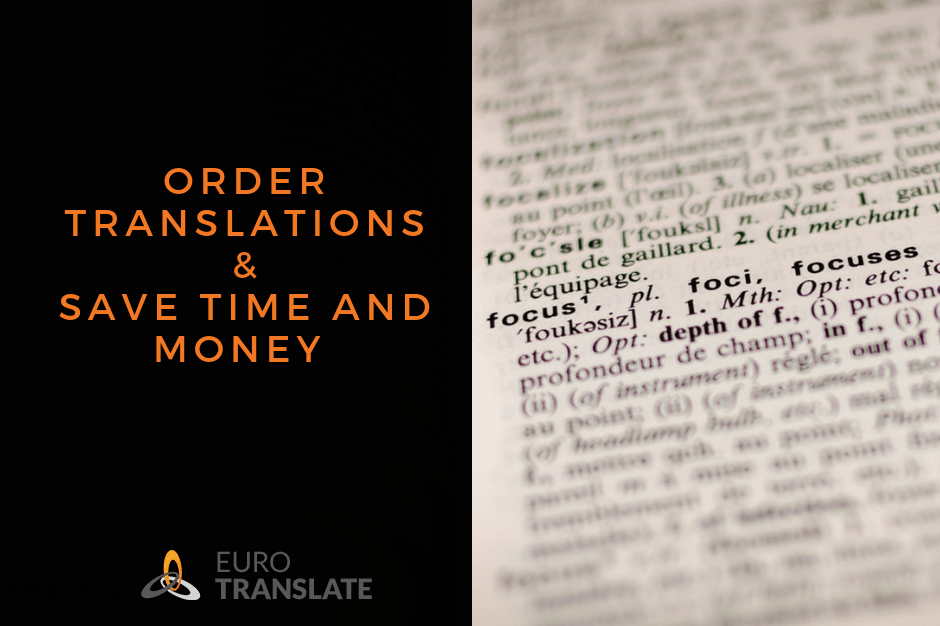
There are more and more Computer-assisted Translation (CAT) tools available on the market nowadays and most of them work in a similar way – but, on the other hand, some translators and translation agencies are still hesitant to use them.
Let’s start by making one thing clear: CAT tools are NOT machine translation tools. Assisted translation is not automated translation. As the name clearly implies, they are tools used by translators to help speed up the translation process, increase productivity, reduce costs and turnaround times and, very importantly, to ensure consistency – but NOT to translate instead of them.
One of the most important features of all CAT tools is the ability to create and manage a translation memory (TM). All translated text is stored in this memory, and it keeps accumulating during the ongoing translation process, which lets the translator check, compare and reuse stored content.
There are many practical features and benefits of using CAT tools, so let’s look at the main ones:
CONSISTENCY
Whether it’s a brochure, a manual, a website or a blog post – consistency of communication across all content is a priority for a brand. This is where CAT tools come in handy and allow us to check specific phrases across the board, as matching text that has already been translated during the translation process is presented to the translator. This is also important during the review process so that the second translator can keep maintaining this consistency.
MONEY SAVING
Use of a specific Translation Memory for a particular client or a brand means that over time, as the TM grows, and this is especially the case for clients who have vast quantities of text translated, the level of repeated content increases. The more repeated content there is the more evident the decreases in cost become.
In addition, when a specific document is updated with new text, there is no need to translate everything from scratch – as the TM will bring up the previous versions of the translation of the document.
QUALITY
Most CAT tools have built-in quality assurance features, such as auto-correct, grammar check, missing or misplaced tags, number check, terminology consistency check and formatting check. These allow the translators and editors to make sure all issues that would otherwise go unnoticed during revision are not missed (extra spaces, for example, which are not always easily visible, especially in large volumes of text).
REDUCED TURNAROUND TIME
International business translation often demands quick turnaround times without compromising on quality. In this context, CAT tools are a great aid because, as the translator works through new content, the software uses the existing TM to suggest previous translations which are similar and only require minor editing to match the new content. This allows for increased productivity on the translator’s side without having to waste valuable time manually going back and cross-referencing previously translated documents.
When it comes to teamwork, CAT tools are invaluable, as they allow linguists to work with multiple files as a team with multiple members. Another benefit is that the editor can work on the same file as the translator, just a few sentences behind, reducing the turnaround time immensely.
MULTIPLE SOURCE FILES
Every CAT tool can be used to work with a large variety of file formats. This is especially helpful when translating websites, desktop publishing files and software with difficult, non-standard file formats. Some CAT tools are capable of filtering out formatting and other tags (such as HTML, XML, or design programs like Adobe InDesign) that are critical for the final document but unnecessary for the translator.
In conclusion, one of the characteristics of a professional translation agency is use of such technology to provide high quality, consistent translations which meet their clients’ requirements, while saving them time and money in the long run.
Next time you require translation, why not ask your language service provider about the CAT tools they use?
